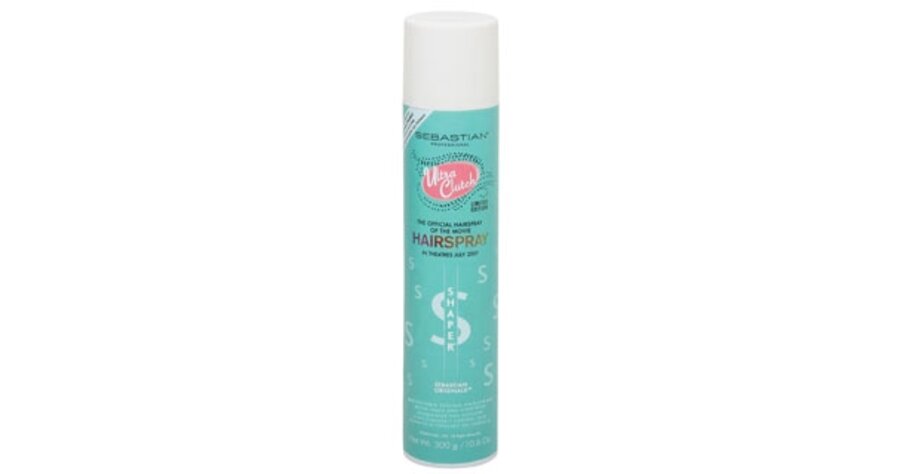Aerosol cans: Are they OK to use now?
Loading...
Q: What’s the deal nowadays with aerosol spray cans? I thought that the ozone-depleting chemicals used in them were eliminated back in the 1970s. Is this true? If so, what is now used as a propellant? Are aerosols still bad for the ozone layer?
– Sheila, Abilene, Texas
A: The aerosol spray can has a storied history in the United States. Invented in the 1920s by US Department of Agriculture scientists to pressurize insect spray, American soldiers eventually used the technology to kill mosquitoes in the South Pacific during World War II. Use of the cans for consumer applications took off during the ensuing decades, until the mid-1970s, when ozone depletion first came to the public’s attention.
Consumer aerosol products made in the US have not contained ozone-depleting chemicals – also known as chlorofluorocarbons (CFCs) – since the late 1970s, first because companies voluntary eliminated them, and later because of federal regulations. All consumer and most other aerosol products made or sold in the US use propellants like hydrocarbons and nitrous oxide, which do not deplete the ozone layer. Aerosol spray cans produced in some other countries might still use CFCs, but they cannot legally be sold in the US.
According the industry’s trade group, the National Aerosol Association, aerosol manufacturers in Europe and other parts of the world initially did not follow the US in removing CFCs. “The fact that aerosols made in underdeveloped countries may contain CFCs has caused confusion in press reports and in the public mind about the stratospheric ozone/aerosol link,” reports the group.
The 1987 Montreal Protocol, a landmark international agreement signed by 191 nations, had the goal of phasing out the production and use of CFCs and other ozone-depleting chemicals. Scientists report that the phaseout is now about 90 percent complete.
Of course, just because those deodorant sprays and shaving cream cans aren’t depleting the ozone layer doesn’t mean they are good for the environment. They still contain hydrocarbons or compressed gases or both that are notorious for their contribution to global warming. Every time you hit the spray button, you enlarge your carbon footprint, ever so slightly.
Modern-day, CFC-free aerosol sprays also emit volatile organic compounds (VOCs) that contribute to ground-level ozone levels, a key component of smog. The state of California is now regulating consumer products with VOCs – and aerosol sprays are not the only targets: Fingernail polish, perfumes, mouthwashes, pump hair sprays, and even roll-on and stick deodorants also emit them.
Got an environmental question? Write: EarthTalk, c/o E – The Environmental Magazine, Box 5098, Westport, CT 06881. Or e-mail: earthtalk@emagazine.com.





